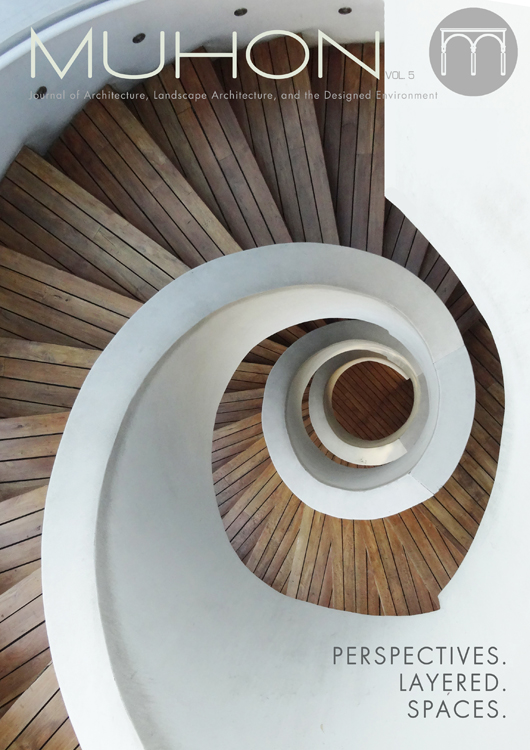Vigan Ancestral House: An Assessment of Thermal Properties, Daylighting and Natural Ventilation
Abstract
Traditional Filipino houses such as “bahay-na-bato” were said to be effective in providing natural ventilation to achieve indoor thermal comfort. This study aims to analyze the thermal environment of common spaces inside selected Vigan ancestral houses. The quest for understanding the traditional housing in the Philippines is the main focus of the paper.
Passive Cooling is difficult to achieve in the tropical climate, with low level thermal comfort experienced during the daytime especially in the common areas such as the living room, dining, kitchen and family areas. Since the “sala”is the biggest and most important part of an ancestral house and was used for important family gatherings and occasions, this space was considered in the study.
A comparative study among the typologies of Vigan ancestral houses during the Spanish Colonial period include verification on whether native artisans and builders consider solar orientation in the positioning of the living spaces of the traditional houses and documentation of the unique features of the domestic houses that will be related to energy efficiency, sustainable design and verify compliances to the Standards.
The copyright for the published work belongs to UPCA and its selected publisher. The contributor is free to publish a modified version of the same article in other publications.
The contributor guarantees that :
- the article does not infringe on the copyright or any proprietary right of any other person
- the article contains no libelous or other unlawful matter
- the article makes no improper invasion of the privacy of any other person.





